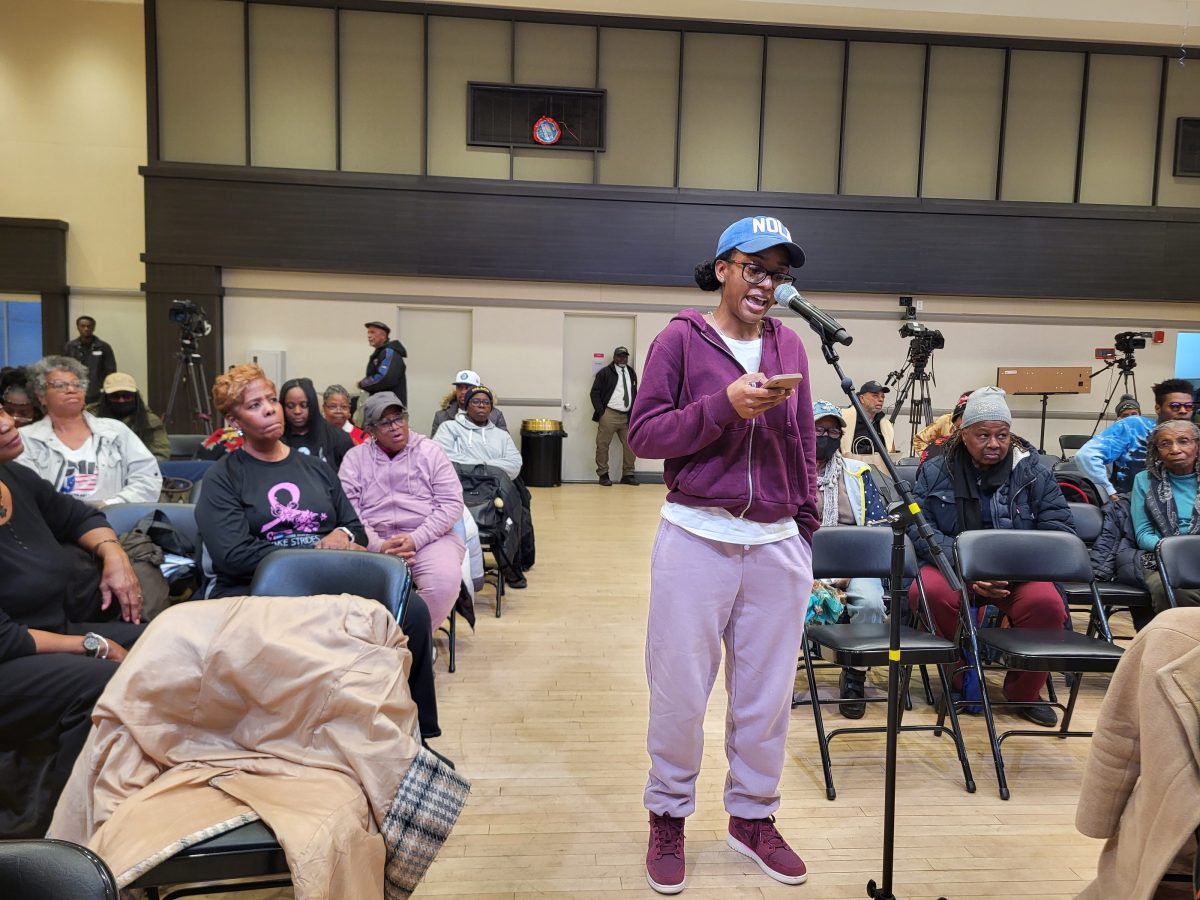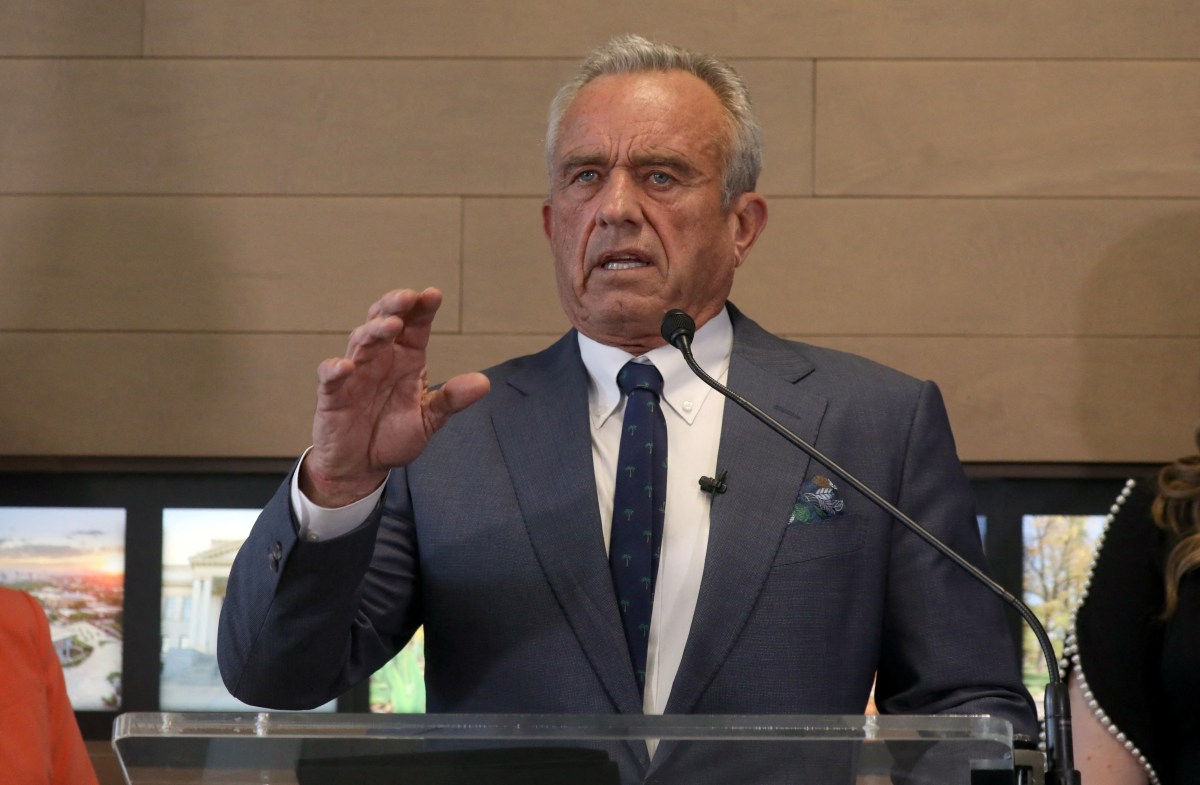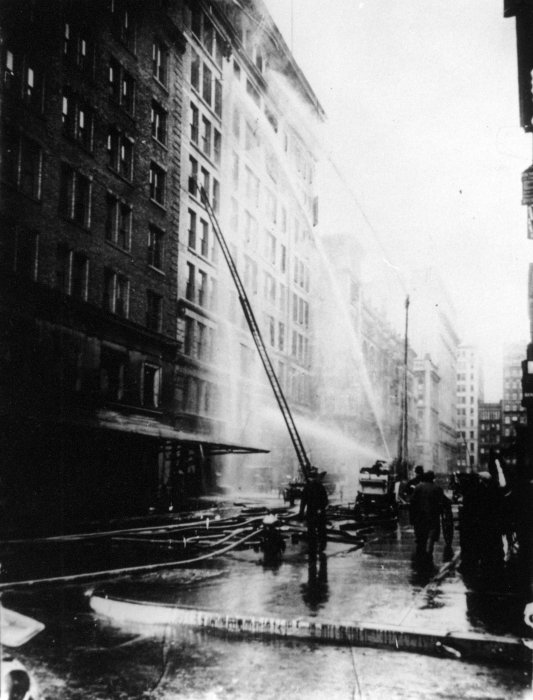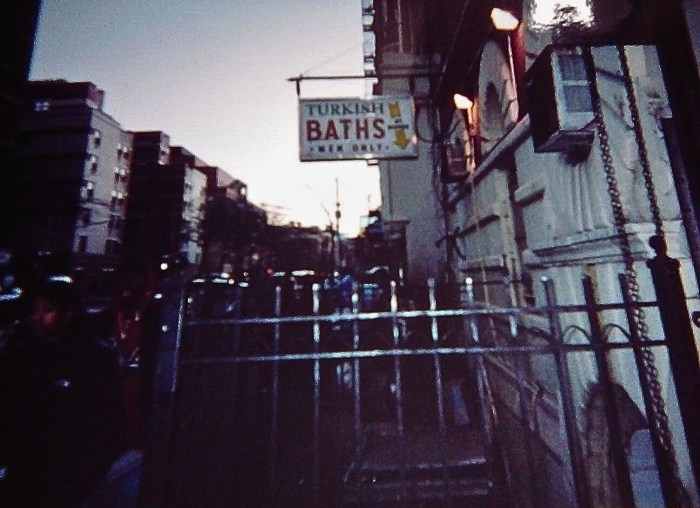BY ALEX ELLEFSON | For more than half a century, residents at the Village View cooperatives enjoyed the benefits of the Mitchell-Lama program. Qualifying tenants could buy an apartment in the sprawling East Village complex for well below market rate. And tax exemptions helped keep maintenance fees low. However, shareholders are now mulling whether to withdraw from the affordable housing program — considered one the most successful at providing homes for middle-income people. The decision to withdraw would allow residents to sell their units for a huge profit. But some worry it would be shortsighted to cash in on their below-market-rate homes — and that privatizing could further erode the neighborhood’s affordability.
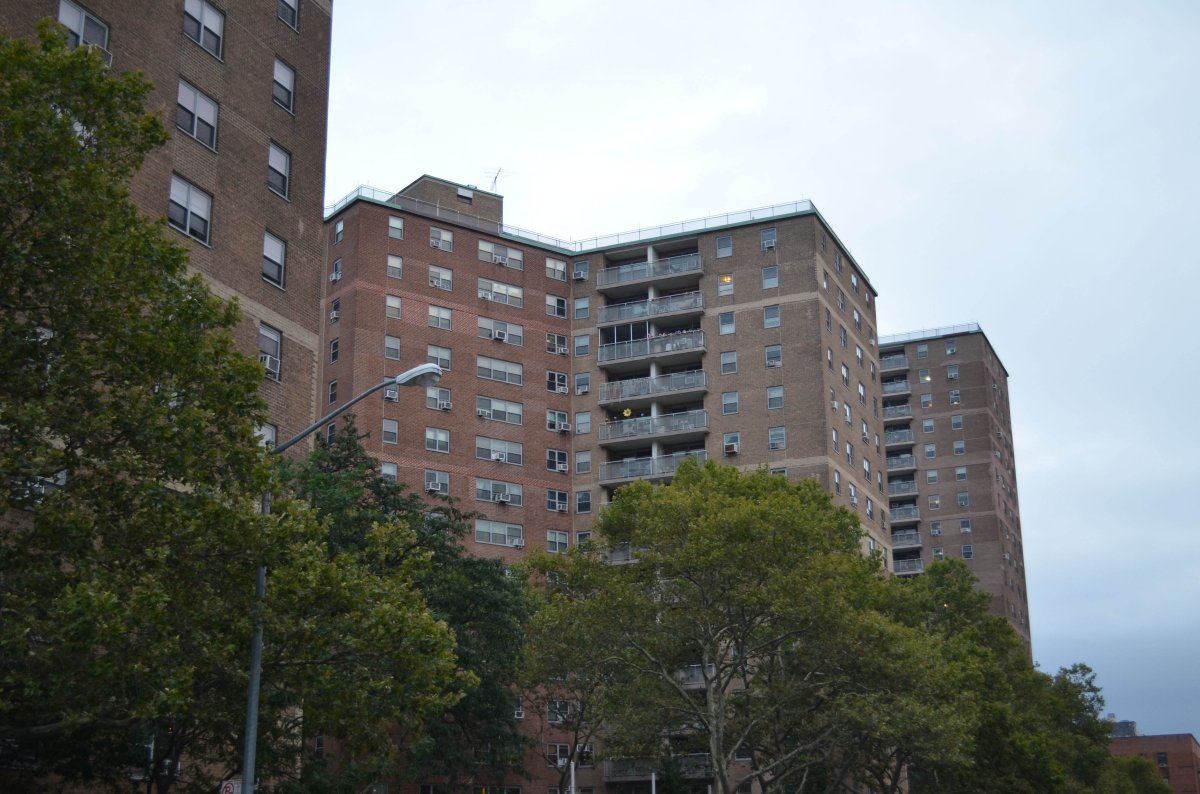
Robert Sarota, who has lived in Village View for more than 40 years, said he would like to stay in Mitchell-Lama, but understands why some of his neighbors want to cut loose from the program. “I have a neighbor who would like to leave her son an inheritance,” he explained. “But I think we, who are the beneficiaries of this program, are being greedy if we take the money for ourselves. Why should we destroy relatively inexpensive housing for future generations?” Village View’s board of directors began holding informational meetings in June to discuss withdrawing from Mitchell-Lama and converting to a private co-op. The first step in the process would be to vote in favor of a feasibility study that would examine the consequences of leaving the program. At least 51 percent of shareholders from a minimum of 617 apartments would have to vote to support the study. Village View has a total of 1,236 units spread across seven buildings between E. Second and E. Sixth Sts. and First Ave. and Avenue A. It opened as a Mitchell-Lama co-op in 1964. The shareholders can vote to leave after the development has been enrolled in the program for more than 20 years and all the mortgages have been paid off. Deregulation has its disadvantages. The co-op would experience a significant tax hike, which would have to be covered by the residents. To mitigate this, co-op boards institute a flip tax for those who sell their units after privatization. The money collected from the flip tax fills the co-op’s coffers to offset the increased operating costs. However, Christine Hadlow, who bought a unit at Village View in 2011, is concerned that maintenance costs will spike after the initial flush of flip-tax money dries up — forcing the moderate-income tenants to leave. “The only people to gain from this are the ones who want to make a quick buck,” she said. “How long are these flip taxes going to sustain the development?” Withdrawing from the program would require a two-thirds vote by residents of at least 822 apartments. If the measure passes, shareholders could choose to deregulate their units and put them on the market. They could also relinquish their shares by leaving and having their equity returned, or stay on as tenants in rent-regulated apartments. The Mitchell-Lama program, founded in 1955, supported the creation of more than 105,000 rentals and limited-equity co-ops for middle-income New Yorkers. However, the city’s ravenous real-estate market has clawed away almost one-third of those units, according to New York State Homes and Community Renewal. Regulators are trying to find ways to plug the outflow of units from the program. The city’s Department of Housing, Preservation and Development introduced “Article II to Article XI” to allow cooperatives to opt into another affordability program if they privatize. Additionally, lawmakers have convened a task force aimed at strengthening support for the Mitchell-Lama program. Hadlow said Village View’s participation in Mitchell-Lama created an important refuge for middle-income residents to seek shelter from the neighborhood’s ballooning housing prices. Real estate values in the East Village, where the average condo sells for close to $1.5 million, have jumped by more than 50 percent in the last 10 years, according to CityRealty. “There are walk-up railroad apartments across First Ave. that rent for $3,000 a month. How is the market supposed to bear the affordable housing in Village View if we privatize?” she explained. “I think it creates an opportunity for a developer to come in and buy the property.” More than anything, Hadlow said that preserving affordable housing in the East Village keeps the community strong because it encourages longtime residents to remain in the neighborhood. “Mitchell-Lama is such a good deal that many leave the program feet first,” she said. “These are the people who actually have a stake in the community. They are the ones who support the small businesses and contribute to the neighborhood’s vitality.”
Read more: Exploring Societal Shifts in Personal Perceptions of Attractiveness




